E-commerce Expansion
The Pearl Jewellery Market is witnessing a significant shift towards e-commerce, which is reshaping how consumers purchase jewellery. The convenience of online shopping, coupled with the ability to access a wider range of products, has led to an increase in online sales of pearl jewellery. Recent data indicates that e-commerce sales in the jewellery sector have surged, with online platforms accounting for nearly 30% of total jewellery sales. This trend is particularly pronounced among younger consumers who prefer the ease of browsing and purchasing from the comfort of their homes. Furthermore, the rise of social media marketing and influencer collaborations has enhanced brand visibility, driving traffic to online stores. As a result, the Pearl Jewellery Market is likely to continue benefiting from this digital transformation, with e-commerce becoming a crucial channel for growth.
Rising Demand for Luxury Goods
The Pearl Jewellery Market is experiencing a notable increase in demand for luxury goods, driven by a growing affluent consumer base. As disposable incomes rise, particularly in emerging economies, consumers are more inclined to invest in high-quality pearl jewellery. This trend is reflected in the market data, which indicates that the luxury jewellery segment is projected to grow at a compound annual growth rate of approximately 5.5% over the next five years. The allure of pearls, often associated with elegance and sophistication, further enhances their desirability among consumers seeking unique and timeless pieces. Additionally, the increasing popularity of pearl jewellery among millennials and Gen Z consumers, who value authenticity and craftsmanship, suggests a promising future for the Pearl Jewellery Market.
Cultural Significance and Heritage
The Pearl Jewellery Market is deeply intertwined with cultural significance and heritage, which plays a pivotal role in driving consumer interest. Pearls have been cherished across various cultures for centuries, symbolizing purity, wisdom, and wealth. This cultural resonance enhances the appeal of pearl jewellery, particularly in regions where pearls hold historical importance. For instance, in Asia, pearls are often associated with traditional ceremonies and are considered auspicious gifts. Market data suggests that regions with rich cultural ties to pearls are experiencing steady growth in demand for pearl jewellery. As consumers increasingly seek meaningful and culturally relevant products, the Pearl Jewellery Market stands to benefit from this trend, as it aligns with the desire for authenticity and connection to heritage.
Sustainability and Ethical Sourcing
The Pearl Jewellery Market is increasingly influenced by sustainability and ethical sourcing practices, reflecting a growing consumer awareness regarding environmental and social issues. As consumers become more conscientious about their purchasing decisions, brands that prioritize sustainable practices are gaining a competitive edge. Market data indicates that a significant portion of consumers is willing to pay more for jewellery that is ethically sourced and environmentally friendly. This trend is particularly relevant in the pearl industry, where concerns about overfishing and environmental impact are prevalent. By adopting sustainable practices, such as responsible farming and transparent supply chains, brands can enhance their reputation and appeal to eco-conscious consumers. Consequently, the Pearl Jewellery Market is likely to see continued growth as sustainability becomes a core value for both consumers and brands.
Innovative Designs and Customization
The Pearl Jewellery Market is evolving with innovative designs and customization options that cater to diverse consumer preferences. As consumers seek unique and personalized jewellery pieces, brands are responding by offering customizable pearl jewellery that allows for individual expression. This trend is supported by market data indicating that personalized jewellery sales are on the rise, with consumers willing to pay a premium for bespoke designs. Additionally, the integration of modern design elements with traditional pearl jewellery is attracting a broader audience, including younger consumers who appreciate contemporary aesthetics. This fusion of innovation and tradition is likely to enhance the appeal of the Pearl Jewellery Market, as it meets the demands of a diverse consumer base seeking both style and individuality.




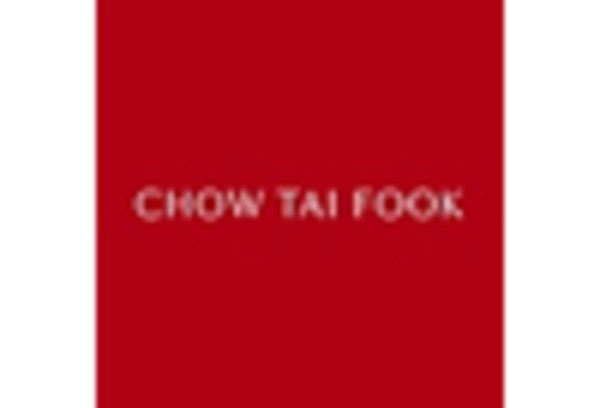
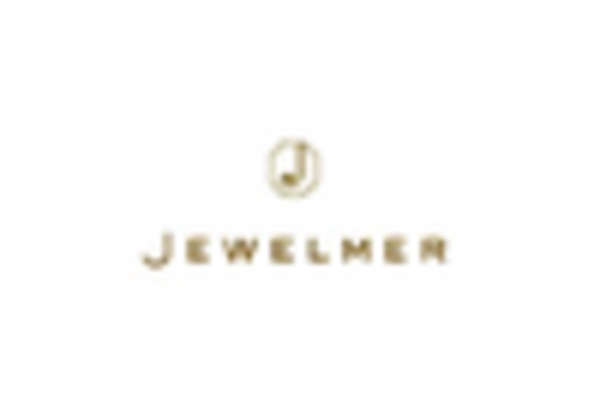
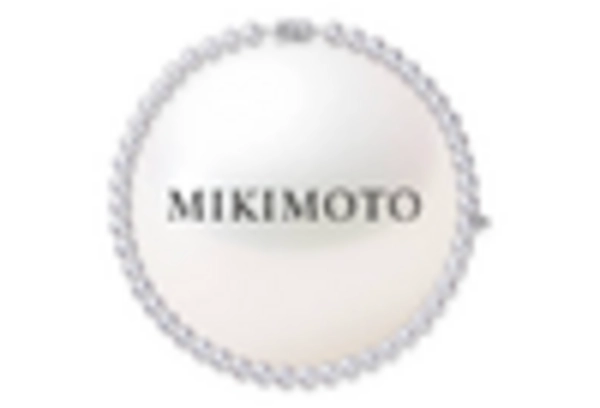
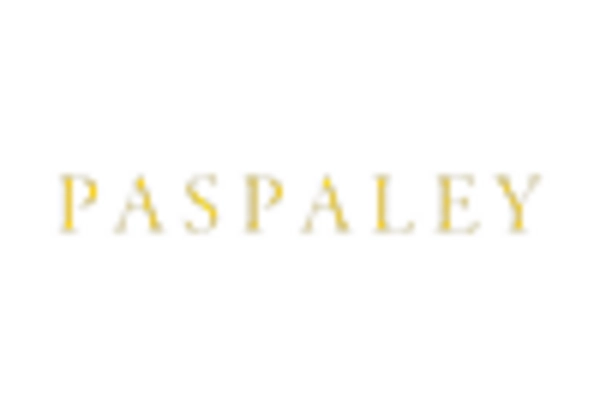
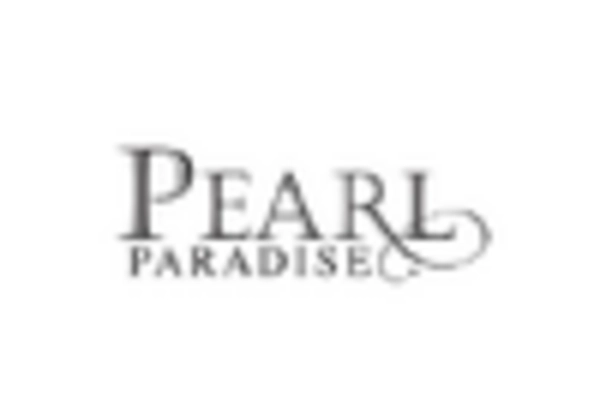
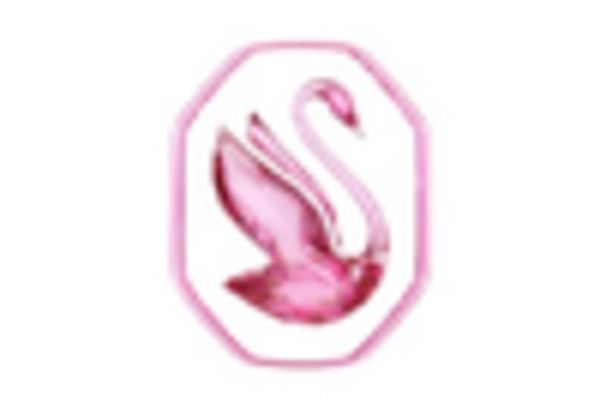








Leave a Comment